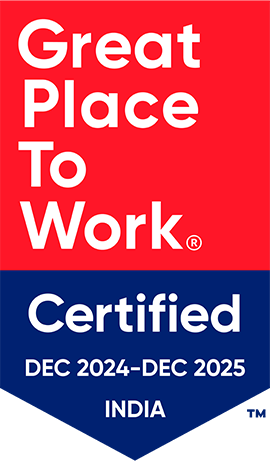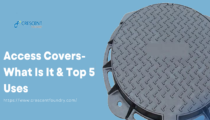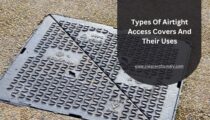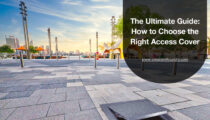Industrial and commercial spaces have the requirement for several casting…
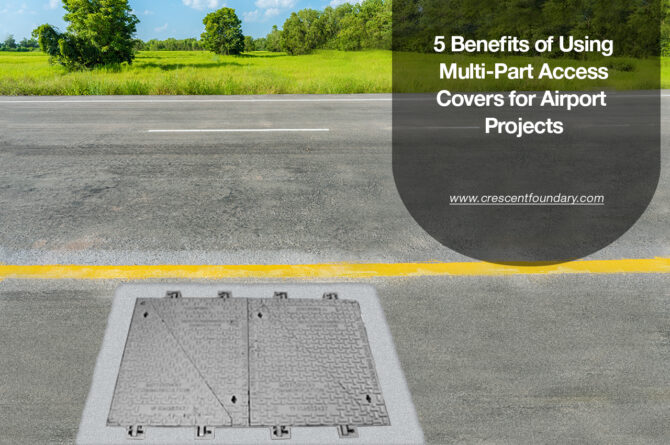
5 Benefits of Using Multi-Part Access Covers for Your Infrastructure Projects
Multipart access cover systems have an edge over single-piece covers in ways more than one. They are easier to remove or shift and can be adapted for a number of different applications. Access cover manufacturers design multipart systems that are commonly arranged in rows having covers of the same length and load class, thus allowing consistent weight bearing and easy access to larger openings at multiple locations.
The most common applications of access covers with multiple parts are – usage in container ports, airport pavement covers, lift motor room floors, and access areas opening up to large industrial equipment like in electrical pits, pump wells and, transformers. Here are five benefits of cover systems with assembled parts and why you must choose multi-part access covers:
Unobstructed Opening of the Frame
Single covers are often extremely cumbersome with a mammothly heavy to lift lid placed upon a frame too narrow. Naturally, you may find them sitting way too tightly over the frame to be lifted at your convenience.
With multipart access covers, the situation is quite different. There are smaller parts seated neatly over proper-sized frames. The pieces can be easily held up and access to specific parts of the underground chamber gained. Such an arrangement eases frequent cleaning of the below recesses and keeps the covers upon the frames from tightening too firmly to be lifted by hand.
With multi-part access covers incorporated in your industrial unit, you can have the workforce manage the covers mostly manually. Reduce cost on maintaining a set of tools to lift access covers within your industrial space, introduce multi-part covers and reap the benefits.
Sufficiently Large Opening
Choose multipart covers also to conveniently access considerably large openings, as compared to single-piece covers fitted within narrow frames. Multi-part covers are commonly filled to a concrete depth of 45mm, providing integral strength and sturdiness to the surface of the covers. Due to the coverage of a large circumference with multiple small pieces, the openings lidded by individual pieces are sufficiently wide to work with, allowing you more flexibility without compromising sturdiness of the covers.
By easy removal of multi-part access covers placed side by side, you can also get deeper access to the recesses below. The large buffer area between the cover and the underground floor allows not only mechanical intervention but also manual intervention. Access covers with multiple removable parts, thanks to its nifty size and structure, face minimum obstruction by a wall, kerb or something alike.
Keep Reading: Things To Consider Before Choosing A Multi-Part Access Cover
Convenient Lifting Direction
Singular access covers are most commonly found in firmly welded iron. Besides the heavy weight and inconvenience of lifting, these types of single lids also pose problems due to their one-track lifting direction. Iron access covers in a single frame are designed to fold and move in only one direction, making it tricky for someone standing on the other side of the lifting angle to move it. These heavy covers are meant to be pulled towards the operator to open the lid and that can hardly be negotiated if the position of the operator is not suitable.
With multiple-parts lift-up covers for accessing recesses, there is no such binding factor for the operator to stand on any particular side of the cover. Multi-parts covers could be removed by hand with little force and no fork-lift support.
The risk or chances of injuring oneself is also significantly lesser when it comes to access covers with multiple parts. Given that the lifting direction is not necessarily fixed, operators can position themselves according to their physical suitability and thus avoid chances of accidental injury.
Suitable Load Class and Weight Distribution
Access covers with separable parts are available across a large number of load classes, just as its single cover counterparts are distributed across these classifications. The groups are as listed below –
-
Group – 1 A15
Covers and gratings falling under this category are capable of withstanding 15 kN test load, ideal for cycles and pedestrians.
-
Group – 2 B125
Ideal for withstanding 125kN test load, to be used in car park and pedestrian areas, this category of covers can also hold occasional vehicle access.
-
Group – 3 C250
This category can withstand a weight of 250 kN and is ideal for use in areas not extending more than 500 mm from the kerb face and carriageway.
-
Group – 4 D400
The test load for this case is 400kN. Ideally, this category of access covers would be used for high roads where cars, lorries, and trucks ply on hard shoulders.
-
Group – 5 E600
Meant for docks, aircraft pavements, and roads for other heavy wheeled vehicles, these covers can withstand loads up to 600kN.
-
Group – 6 F900
Capable of withstanding a 900kN test load, access covers of this category are tailored especially for aircraft pavements.
Aesthetic Value
Lastly, choose multi-part access covers for no compromise with the aesthetic value of your space. Installation of the inches long parts can give the area covered a fun, jigsaw-like aesthetic. Moreover, you can choose covers with inlaid or overlaid designs, insignia embossings and much more.
Transition from single piece access covers to multi-part covers now to save costs and adopt a more reliable solution for covering the underground recesses of your space.

